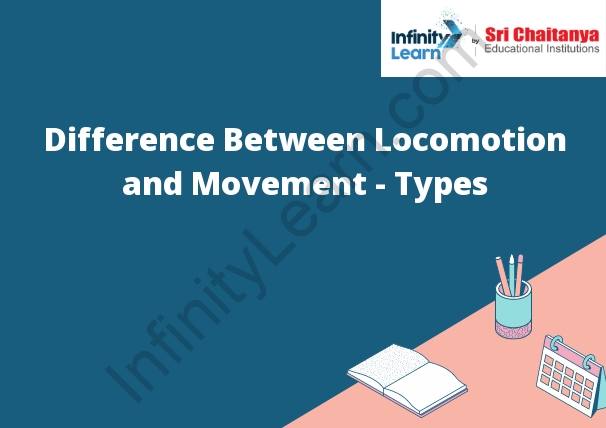Table of Contents
Introduction to Locomotion and Movement
Locomotion and movement are both physical activities that allow an organism to interact with its environment. Locomotion is the process of moving from one place to another, while movement is the actual physical act of doing so. Both locomotion and movement are important for survival and are regulated by the nervous system.
Locomotion is a complex process that involves the coordination of many different muscles and tissues. The muscles responsible for locomotion are called skeletal muscles. These muscles are attached to the skeleton and are responsible for producing movement. The nervous system coordinates the activities of the skeletal muscles to produce the desired movement.
Movement is also regulated by the nervous system. The nervous system sends messages to the muscles telling them when and how to move. The muscles then produce the desired movement. Movement is essential for survival, as it allows an organism to interact with its environment.

Muscles and Joints
Muscles and joints work together to help the body move. Muscles are the organs that produce the force to move the bones. Joints are the places where the bones meet. They are surrounded by a tough, elastic material called cartilage. Cartilage helps to protect the joint and makes it easy for the bones to move.
Muscles
work by contracting, and this contraction is controlled by the nervous system. When a muscle contracts, it pulls on the bone to which it is attached. This pulling force is what moves the bone and causes the body to do what it wants it to do.
Joints
are the places where two bones come together. The ends of the bones are covered with a smooth, tough material called cartilage. This material helps to reduce friction and wear as the bones move against each other. Cartilage is also a good shock absorber. The joint is held together by ligaments. These are tough bands of tissue that connect the bones and keep them in place. The joint is also surrounded by a capsule. This is a thin layer of tissue that helps to hold the joint in place.
Locomotion
Locomotion is the process of movement from one place to another. Animals use locomotion to move around their environment and to find food. Some animals, such as fish and amphibians, use their fins or limbs to move through the water or air. Other animals, such as insects, use their wings to fly. Some animals, such as horses, use their legs to walk on land.
Types of Locomotion
There are many types of locomotion, but some of the most common are:
- -Walking: Walking is the most common way to get around. It is slow, but it is very efficient because it uses very little energy.
- -Running: Running is faster than walking, but it uses more energy.
- -Jumping: Jumping is a way to get quickly from one place to another. It uses a lot of energy, but it is very fast.
- -Swimming: Swimming is a way to move through water. It is very efficient because water provides resistance.
- -Flying: Flying is a way to move through the air. It is very efficient because air provides resistance.
Movement
- Swing your arms to the side
- Rotate your torso to the right
- Bend your knees and squat down
- Extend your legs and jump up
- Rotate your torso to the left
- Swing your arms to the side
Types of Movements
There are three types of movements:
1. Isometric: Muscles contract, but there is no change in the length of the muscle.
2. Concentric: Muscles contract and the muscle length shortens.
3. Eccentric: Muscles contract and the muscle length elongates.
Locomotion and Movement Differences
- Locomotion is the ability to move from one place to another. Movement is the actual physical action of moving.
- Locomotion is the process of travelling from one place to another. Movement, on the other hand, is the act of changing the position of an object. For example, when you walk from one end of the room to the other, you are locomoting. But when you move your arm, you are changing its position.








